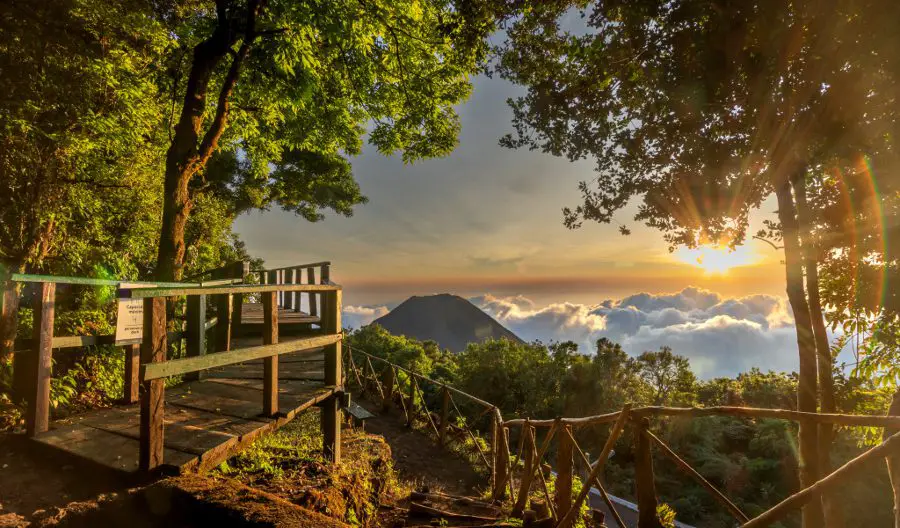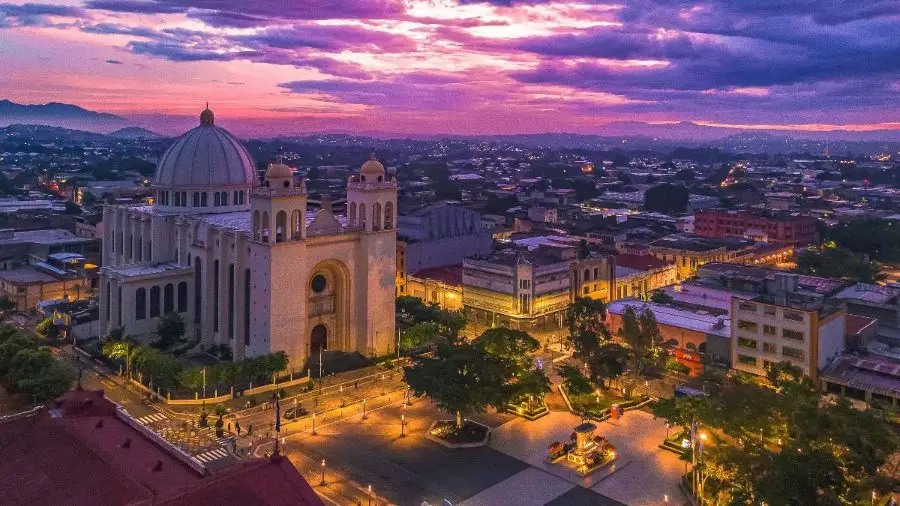For decades, El Salvador’s name was tied to violence and insecurity. Today, however, the narrative is shifting.
The small Central American nation has just been ranked one of the safest destinations in Latin America by the U.S. Department of State, earning the lowest risk designation on its global travel alert system.
It’s a dramatic turnaround that’s catching the attention of travelers and international media alike.
A Historic Upgrade in Safety
The U.S. travel advisory places El Salvador at Level 1, meaning visitors are only advised to take “normal precautions.” This is the same category shared with countries like Argentina, Paraguay, and Suriname—nations that have long been seen as relatively safe.
For El Salvador, the upgrade is striking. In 2024, it sat at Level 3 “reconsider travel”, moved to Level 2 “exercise increased caution” earlier this year, and now stands at Level 1—the most favorable rating available.
El Salvador has historically been flagged for high crime rates, but is now recognized as one of the region’s safest countries.
Still, the State Department advises some caution: avoid traveling alone at night and stick to groups in remote areas.

How the U.S. Travel Alert System Works
The advisory scale has four categories:
- Level 1: Normal precautions.
- Level 2: Increased caution.
- Level 3: Reconsider travel.
- Level 4: Do not travel.
While El Salvador is at the lowest level, neighboring countries tell a different story. Costa Rica, Panama, Brazil, Chile, Peru, and several Caribbean nations fall under Level 2.
Guatemala, Honduras, Colombia, and Nicaragua remain at Level 3. Venezuela and Haiti are at Level 4, with strong warnings against visiting due to political instability, insecurity, and health risks.

Tourism on the Rise
The timing of El Salvador’s reclassification couldn’t be better. The country has been investing heavily in tourism, promoting its Pacific beaches—now staples on the international surfing circuit—its Mayan heritage sites, and its growing eco-tourism scene in the mountains.
SEE ALSO: Surf City El Salvador: Positioning Salvadoran Beaches as a Top Tourist Destination
The results are already visible. During the August 2025 holidays, El Salvador welcomed over 90,000 international visitors, surpassing government expectations and marking a 6% increase from the previous year.
- Visitor origins: 39% from the U.S. (largely Salvadoran diaspora), 31% from Guatemala, 17% from Honduras, and 11% from other countries.
- Tourism revenue: An estimated $60 million in foreign currency.
- Airport activity: Nearly 176,000 passengers passed through El Salvador International Airport, representing a 6% increase year-over-year.
- Domestic travel: 2.8 million local trips to cultural and recreational destinations, surpassing projections of 2.6 million.
Looking Ahead
The new security rating marks an international recognition of El Salvador’s transformation. While the State Department’s advice still includes extra precautions, the country’s inclusion in Level 1 places it among the safest bets for travelers in the Americas.
For tourists, that means one thing: El Salvador is no longer just an emerging destination—it’s becoming a mainstream stop on Latin America’s travel map.
With its mix of beaches, volcanoes, and cultural heritage, the country is well-positioned to attract even more global visitors in the years ahead.




